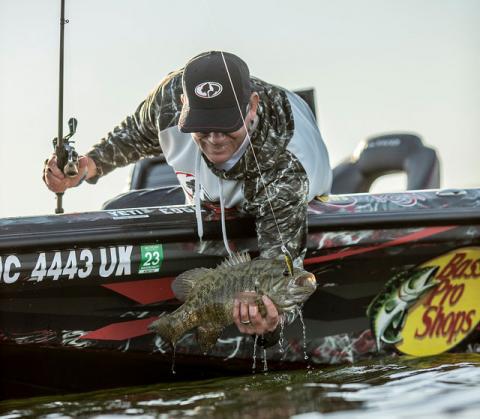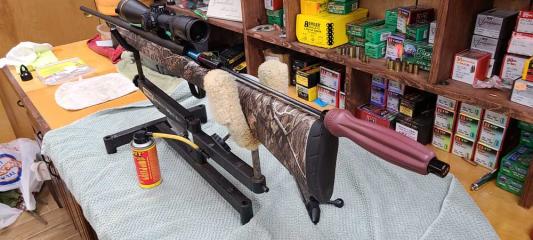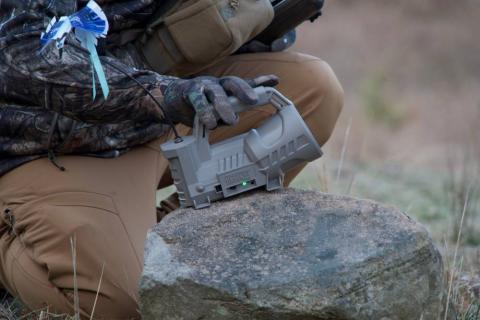provided by John E. Phillips
What Are Hank Parker’s Beginning Gobbler Tactics
Mossy Oak Fishing Team Member Hank Parker is known by many as a tournament bass fisherman because that’s where he built his name and reputation in the early days of the Bassmaster tournament trail. Hank is a true outdoorsman and loves hunting just as much as he loves fishing. He is an avid turkey hunter.
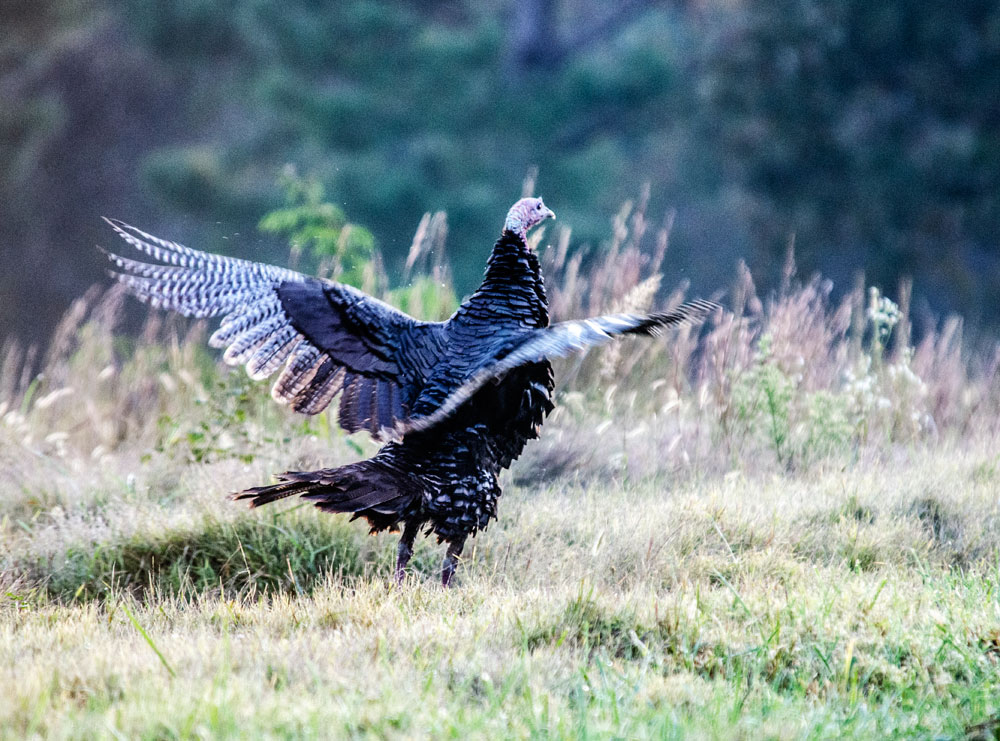
Turkey Hunting in the Carolinas
I spread my turkey hunting out pretty evenly between the Carolinas, but I also hunt in Georgia, Florida, Texas and many other places across the country. South Carolina is probably one of the toughest states I hunt because there are so many turkey hunters there. With very small tracts of land, the turkeys get a lot of hunting pressure. So, as the season progresses, I move from the lowlands up into the hill country. I start off on a couple hundred acres of land on my farm in South Carolina and move up to North Carolina where there are many hills and larger tracts of land. Since the hunting pressure is so heavy in South Carolina during the first week of hunting season, hunters are only permitted to kill one turkey.
How Close?
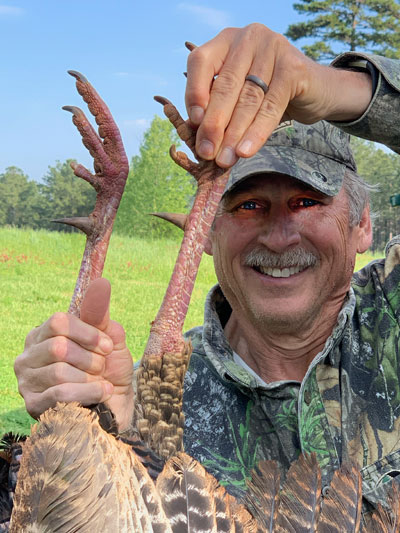 I don’t like to get really close to a turkey, especially in the early season. Most people like to get within 50-80 yards of a turkey gobbling in a tree, but I prefer to set up about 200 yards from the turkey. Our season comes in on March 20th, and at that time of the year, most of the leaves are off the trees. I know a turkey can see very well then. So, I make sure that I’m far enough away from the gobbler to keep him from spotting me.
I don’t like to get really close to a turkey, especially in the early season. Most people like to get within 50-80 yards of a turkey gobbling in a tree, but I prefer to set up about 200 yards from the turkey. Our season comes in on March 20th, and at that time of the year, most of the leaves are off the trees. I know a turkey can see very well then. So, I make sure that I’m far enough away from the gobbler to keep him from spotting me.
When to Call
I’m not going to call to the gobbler while he’s on his roost in a tree. I’ve learned that if you call to a gobbler in a tree, then he’ll stay in the tree longer. Another thing that happens when you call to a turkey on its roost is that the bird looks around more. If you call to him with hen calls, then he’s expecting that hen to come to him before he flies out of the tree. If he doesn’t see the hen that has answered his gobbling, then he’s going to fly down earlier. I definitely don’t like to hunt a turkey that gobbles a lot in the tree because if he does that, he’s expecting his harem of hens to be waiting on him at the foot of the tree. After they come, all he’ll have to do is helicopter down, land right in the middle of the hens and walk off with them.
At 200 yards, I can hear that gobbler fly out of the tree. The minute that bird hits the ground, I’ll call to him with a glass pot call. If the wind isn’t blowing, and I know the turkey should be able to hear me, I’ll call really softly on that glass call. I’m not going to call to that turkey any more than I absolutely must. Once I call to him, I’ll see how he answers me. If he doesn’t call back to my soft calling, I won’t call for a little while because he may be planning on coming in silent. If he doesn’t answer me after I’ve sat there for a little while, I’ll juice-up my calling. Using a mouth diaphragm, I’ll start doing some clucking on my glass call. However, this time, I may run the glass call louder and more aggressively than I have the first time since I want that turkey to call back to me. Then I’ll know he’s interested.
















